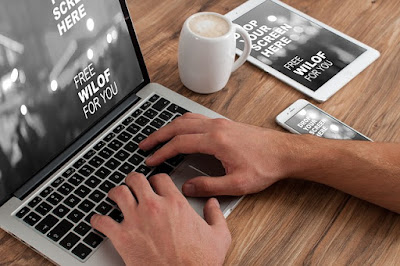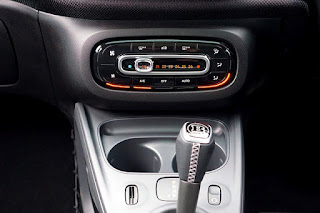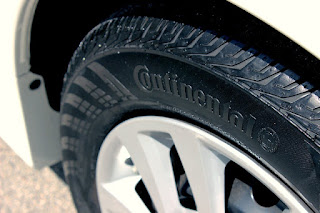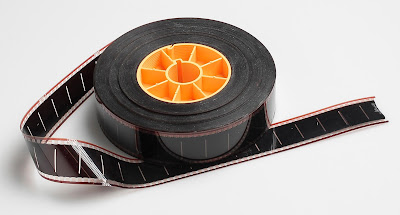We have all been there. You want to buy your first car, or second or third. You have no idea what to do. Maybe you got a really bad deal last time and you are scared. Do you just go to the car dealership and ask for what you want? Do you lease or purchase a car? What does APR mean? Residual value? Do you go through a broker who may or may not have your best interests in mind? There are several ways to go about car shopping, but once you are in the negotiation room with the sales person there are only 5 easy tactics that will ensure you get the best price. If you’re in the market for a new car, or just wondering what these tactics are, check them out on the next page.
These 5 Car Negotiation Tactics Will Make Sure You Get The Lowest Price When You Go Car Shopping!
5. Always Low Ball Your Lowest Price
When you first start talking numbers with a car salesman the first thing, they will ask you is. “What’s your budget,” or “How much are you willing to pay per month?”. This is an easy way for the salesperson to put the ball in your court and make you tell them a price that they can easily make money off of.
One of the best tactics here is to be vague and tell them something like:
- “I’m looking for the lowest price you can give me.”
- “What’s the best sale you have going for this car right now?”
- “Show me your prices first, and I'll let you know if it fits my budget.”
If you must say a dollar amount, and the sales person is pushing you. Find an ad in the paper and tell them a number that’s 10% to 20% below that.
4. Don’t Fall For The Extra Features or Options
The extra features in cars these days are where the dealership and car companies make most of their money. Most options like Bluetooth and Sunroofs may come standard in some models. But the extra’s like “cooled seats,” or “heated steering wheel” are usually very expensive and rarely used. Make sure that when you are dealing with salespeople, they don’t “trick” you into getting a car with options you don’t need. Many car dealerships and car manufacturers give significant discounts on cars with fewer options because they are seen as less desirable. Go for these cars if you are looking for the lowest possible price.
3. Never Get Additional Warranty or Wear and Tear Programs
This is by far one of the highest profit margin items a car dealership can sell you. They make so much money on maintenance packages, wear and tear programs, and additional warranties past the manufacturer warranty. Most cars come with decent standard warranty programs. And the chances of you using additional warranty programs is slim to none. Most times the dealership charges $2000 to $5000 extra for these packaged items which they will discount even further to entice you to bite. Don’t fall for discounts on these add-ons they don’t cost the dealership anything and are usually pure profit out of your own pocket.
2. Skip The Sales Person And Talk To The Manager
The sales person in a car dealership is usually a middleman going back and forth between the customer and the dealer floor manager. When you can, ask to speak to the manager directly. Tell him/her something like “I’m here to buy or lease a car today, let’s deal directly with the manager”. Take our your checkbook, or credit card and place it on the table. Remember, the salesperson is working for you, to get you to walk out of the building with a new car. Going straight to the source and talking directly to the manager in charge of the discounts and deals cuts out valuable time wasted and gives you a more powerful contact if you decide you’d like to purchase another car in the future.
1. Do Your Research Before You Go To The Car Dealership
Imagine this. You did comprehensive research on the car you want to buy before you walk into the dealership. You know every option, every price, every color, the gas mileage, the engine specifications, even the dimension of the interior cabin. Now imagine you knew more than the car salesperson knew. Many car salesmen are new, or work on volume, they don’t have time to know every particular aspect of every car they sell. You gain instant credibility and the upper hand in a negotiation when you “Know what you are talking about.” Confidence in a bargaining situation is key, now imagine the kind of deal you will get when you feel like you know more than the person selling you the car! Keep your chin up, ask for a cup of complimentary coffee, get comfortable, put your feet up on the desk if you can, and watch as you get the car of your dreams for the lowest price.
Source: http://www.womensarticle.com/5-ways-to-get-the-lowest-price-on-your-next-car-purchase/6/
Pictres : pixabay.com


























